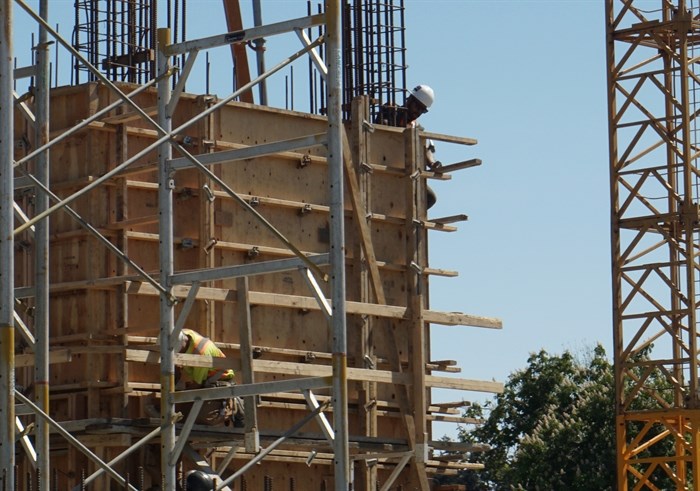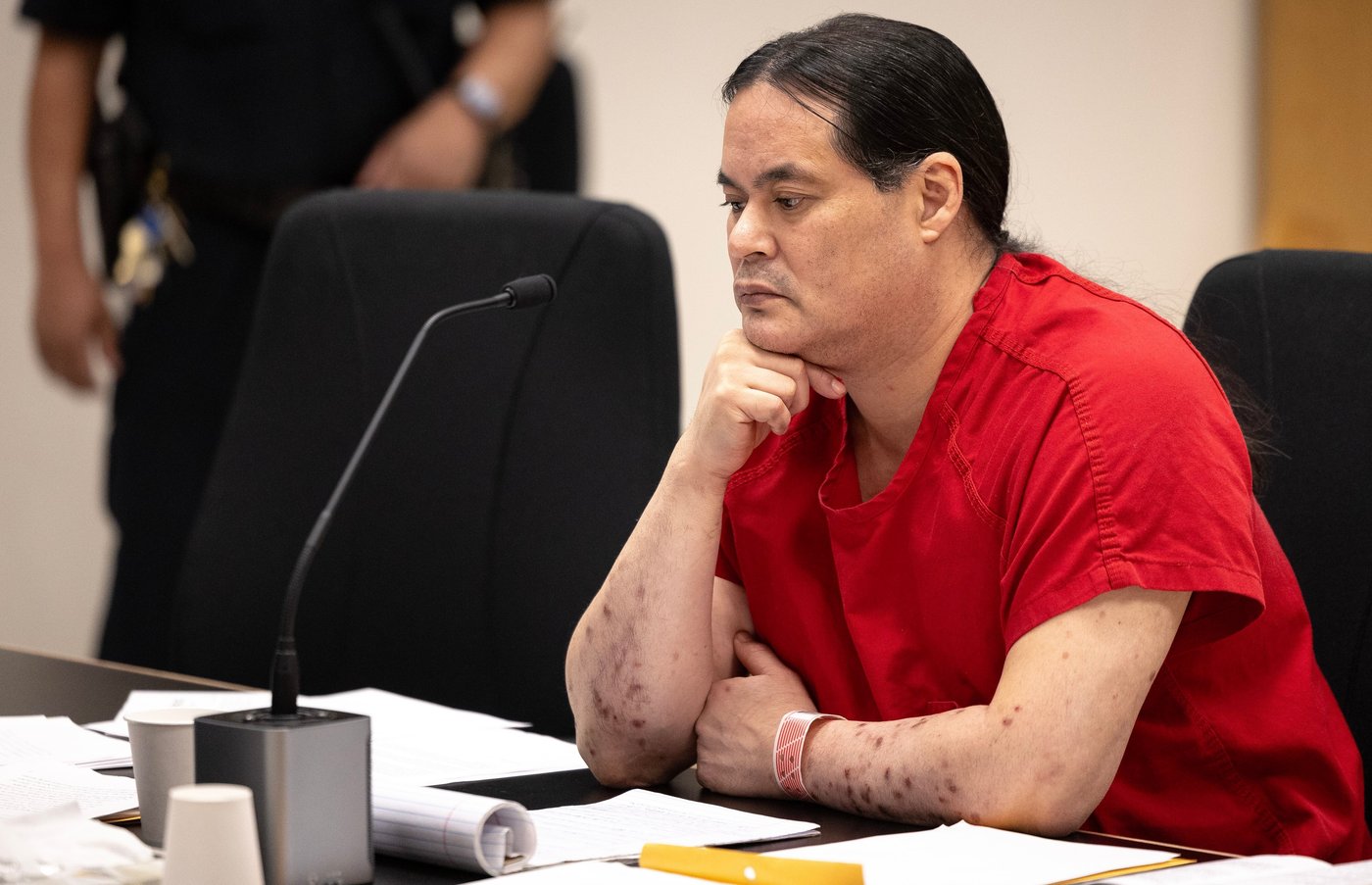Despite intervention, Thompson-Okanagan home prices won't come down any time soon
Despite all the efforts of various levels of government to get more homes built faster everywhere in Canada, it’s just not going to happen in a hurry.
Canada Mortgage and Housing Corporation says 3.5 million new homes – over and above what are normally built in Canada – are needed to reach the kind of housing affordability the country saw in 2004.
“To do that, they estimated we would need to complete about 900,000 units by the end of the decade in BC,” Brendon Ogmundson, chief economist with the BC Real Estate Association, told iNFOnews.ca. “We’re on track for about 300,000 so there is a gap of 600,000.
“That’s about 150,000 completions every single year. The most we’ve ever completed in a year in BC is 42,000. On average we complete about 30,000 units. To essentially triple our all-time record completion is not going to happen, It’s just not possible.”
The real estate association’s modelling shows a 50% increase in starts and a 38% completion rate through to the end of the decade, so about 415,000 new units total. That’s close to the BC government target, he said.
“Increasing the rate of construction over the next five years – at a time when interest rates are really high and market conditions might be softening, labour is maybe scarce and, in Vancouver, we just had a massive increase in development charges – it’s going to be tough to hit 38%. It's going to be impossible to hit CMHC numbers.”
READ MORE: How Kelowna is showing the nation how to speed up new home construction
Given the continued rapid population growth and its subsequent increase in the demand for housing, that means there’s not likely to be a drop in housing prices, Ogmundson said.
What it might do is slow the pace of price increases.
Over the past decade, housing prices have gone up on average 6.5% per year.
A 38% boost in completion rates means that might slow to 3-4%.
“In our affordability calculations, we do see an increase in completions, an income rise and mortgage rates coming down from where they are right now to about 4.5%,” Ogmundson said. “Then you would start to see affordability really improve. But not until about 2028."
The federal government is helping with things like dropping the GST on new rental construction but that will only benefit projects on the margins of affordability.
Governments can’t do it on their own, Ogmundson argued, since 80% of housing comes through the private sector, but they can help in some areas.
He gave the example of Auckland, New Zealand, which really pushed to up-zone properties – similar to what Kelowna is already doing and the province is planning to put into legislation – by allowing up to four units (fourplexes) on single-family lots.
READ MORE: Kelowna 'pre-zoning' hundreds of single family homes for fourplexes to meet housing demand
In a decade, that’s increased the number of housing permits in Auckland by 50%.
It also had the advantage of flattening rental rates from 2015 to 2020. During that same time frame, Wellington, NZ, which did not do the up-zoning, saw rents jump by 25%, Ogmundson said.
That may not work as well locally.
“The Okanagan is in a really tough situation because of its demographics where about one-quarter of the population are in the millennial age group – about 25-40 years old – but you also have 37% of the population that is over 60 and they tend to be homeowners,” Ogmundson said.
“A lot of people who live in the Okanagan have moved there to live out their retirement years so they’re not interested in selling so there are a lot of homes that are locked in place that no one is looking to sell soon. That’s where they’ve chosen to live for the next 10-20 years. And millennials don’t have anything to sell because they’re too young and they’re not in the housing market.
“So, you have this really tough situation for the supply of listings where you’ve got your two largest cohorts either don’t want to sell their home or don’t have a home to sell. The way to fix that is build a lot more new housing.”
At the most optimistically realistic modelling of a 38% increase in completions, the road to affordability will just start to kick in by 2028 – if prices really do stabilize, wages continue to outpace inflation and there’s the labour available to actually do the building.
That’s a lot of ifs.
"Our research shows that, at a rate of 38% increase in completions, that would help slow the rate of price growth to 3-4% or something like that," Ogmundson said. "That does mean a much more sustainable market and does allow incomes to catch up, improving affordability. It’s a long fix. It’s probably going to take a decade. It takes way too long, once projects are off the ground, before those units get to market. It takes a long time to build. It takes way too long to get permits. We need not just size but speed."
To contact a reporter for this story, email Rob Munro or call 250-808-0143 or email the editor. You can also submit photos, videos or news tips to the newsroom and be entered to win a monthly prize draw.
We welcome your comments and opinions on our stories but play nice. We won't censor or delete comments unless they contain off-topic statements or links, unnecessary vulgarity, false facts, spam or obviously fake profiles. If you have any concerns about what you see in comments, email the editor in the link above. SUBSCRIBE to our awesome newsletter here.




